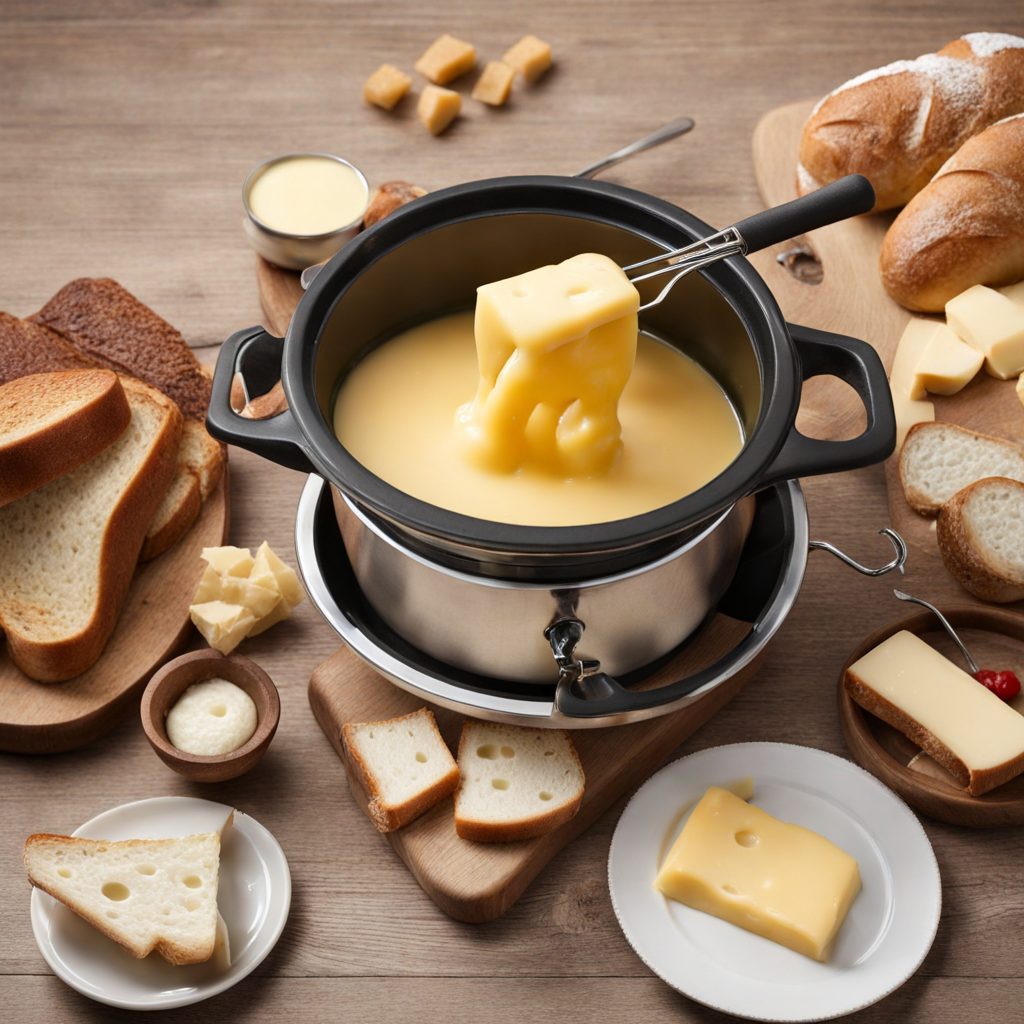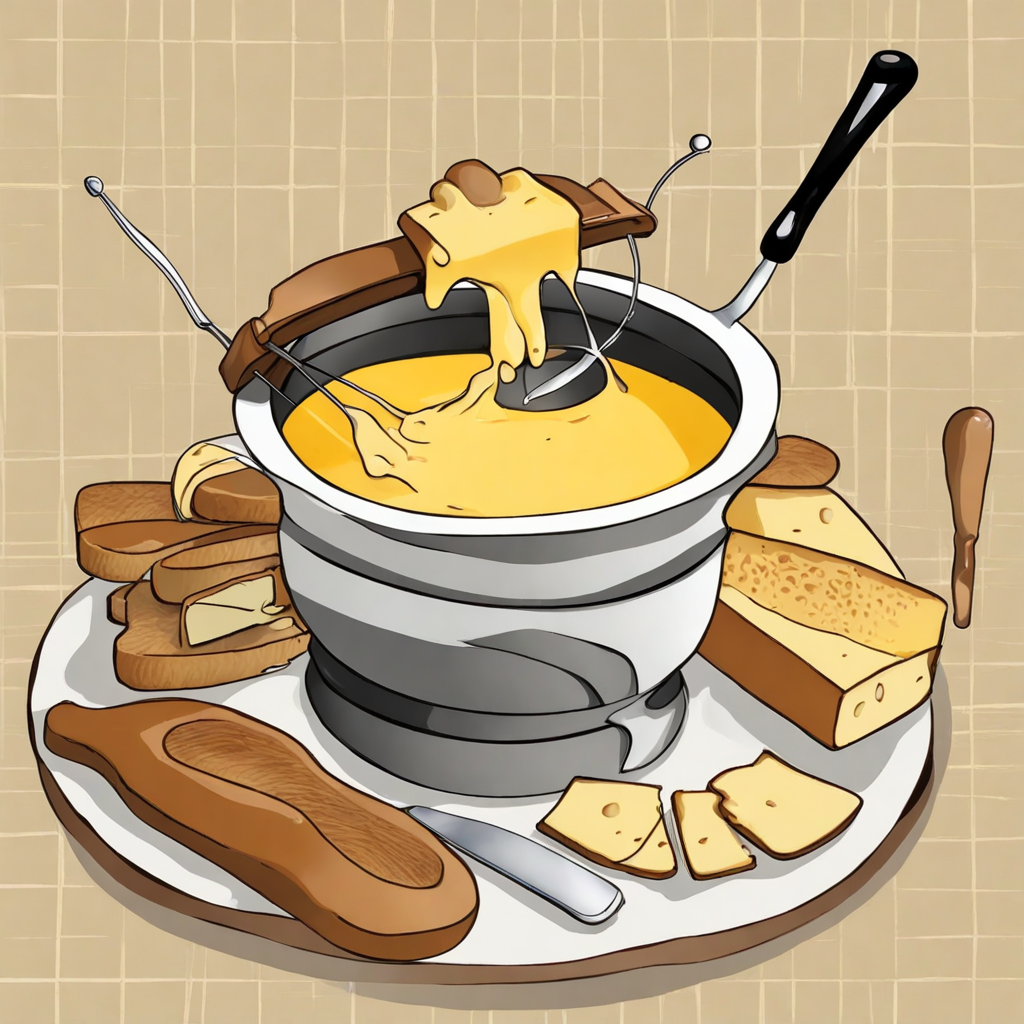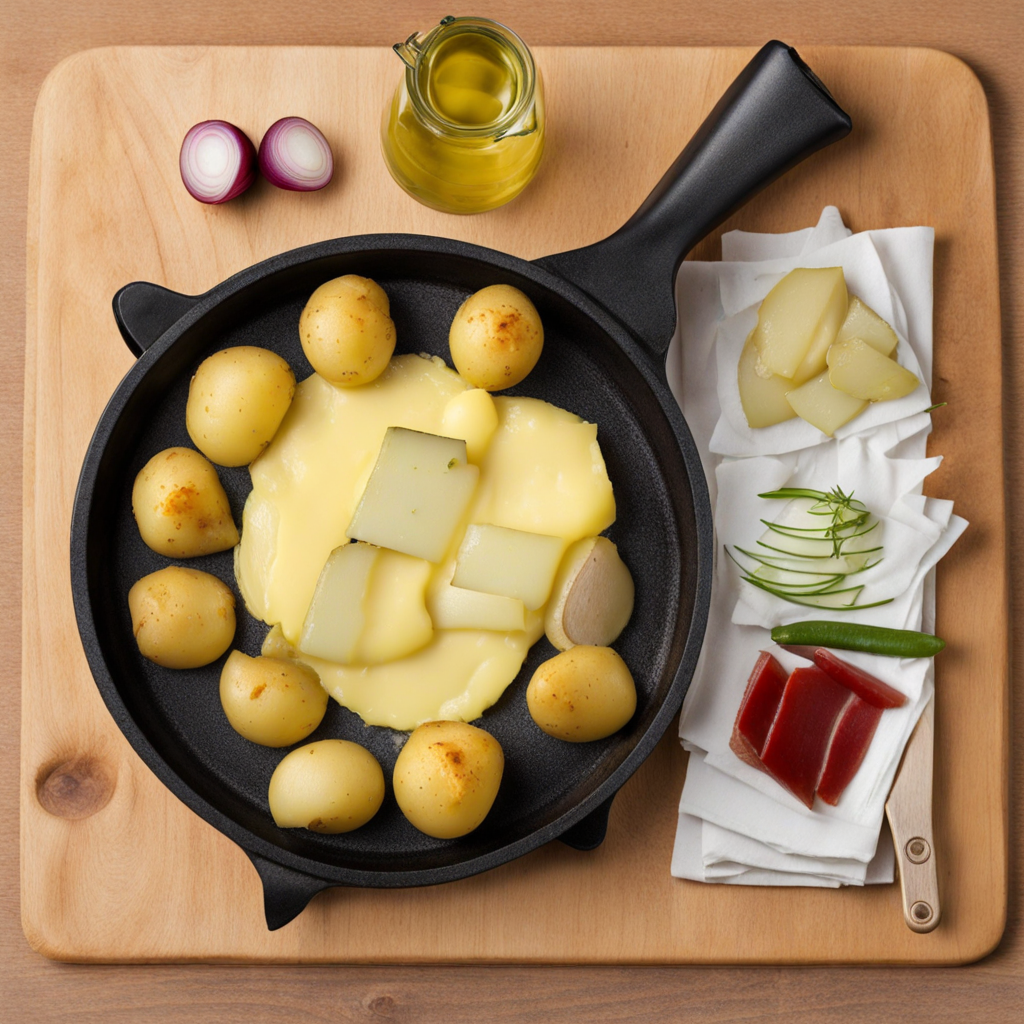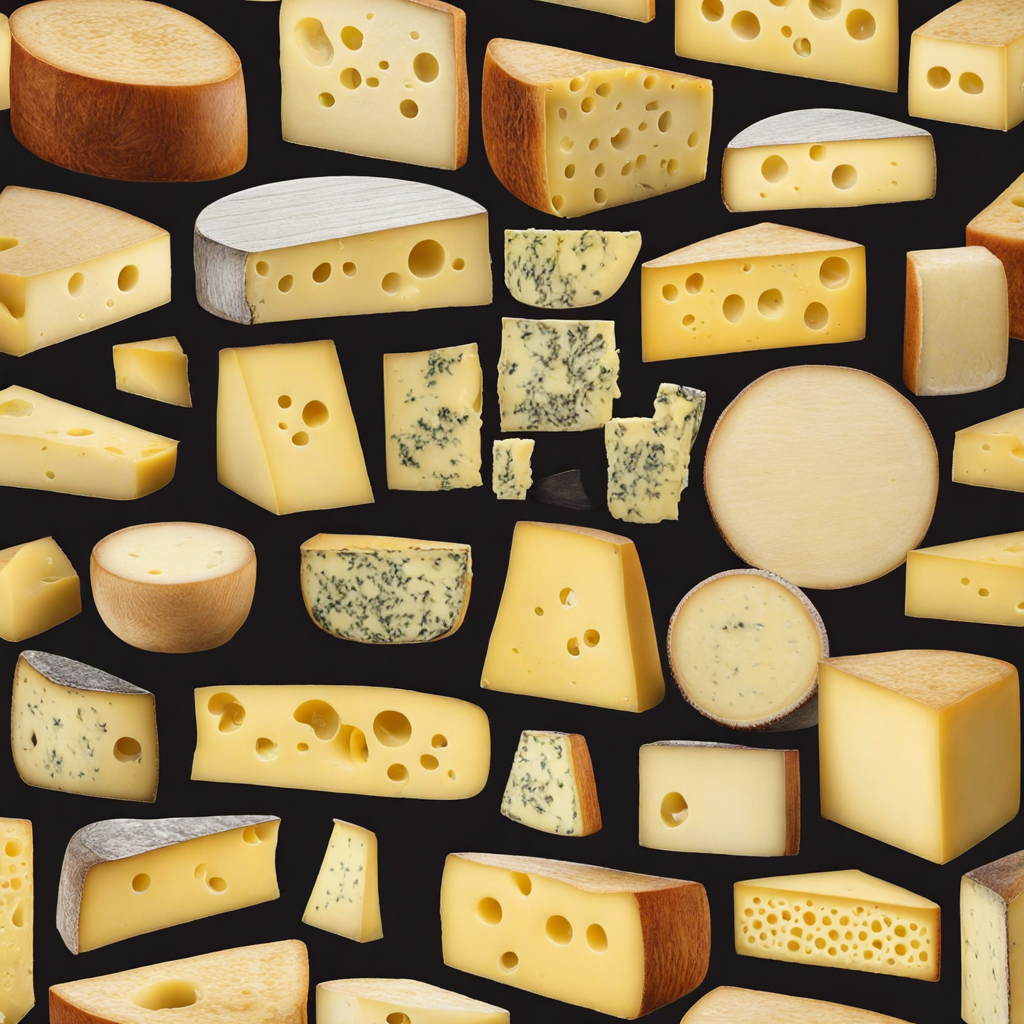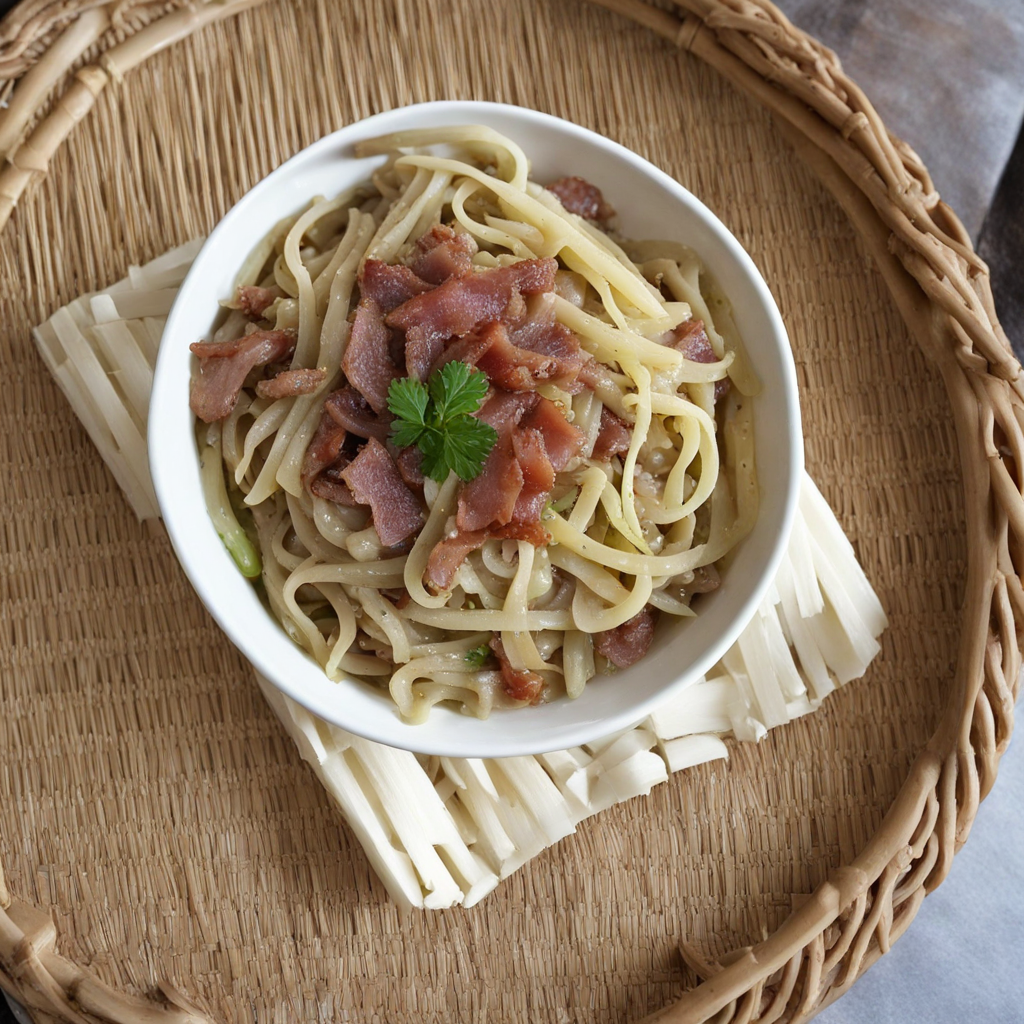Fondue
Fondue is a quintessential Swiss dish that embodies the heart and warmth of communal dining. Traditionally made by melting a mixture of cheeses, such as Gruyère and Emmental, together with white wine and a touch of garlic, this dish is not only about flavor but also about experience. The cheese is melted in a communal pot, called a caquelon, and served alongside a variety of dippables, most commonly crusty bread. As you dip your bread into the gooey, savory cheese, you’ll find a delightful combination of rich, nutty flavors that create a comforting and indulgent taste sensation. The process of enjoying fondue is as important as the dish itself. Diners gather around the pot, each person using a long fork to spear their bread and dip it into the bubbling cheese. This shared experience fosters a sense of togetherness, making it a popular choice for gatherings and celebrations. The act of dipping and sharing builds anticipation and excitement, as you savor each mouthful of the warm, melted cheese that clings to your bread like a comforting hug. While cheese fondue is the most traditional variety, the concept of fondue has evolved, leading to various adaptations, including chocolate fondue and meat fondue. Chocolate fondue features rich, melted chocolate paired with fruits and marshmallows, offering a sweet end to a savory meal. Meat fondue, typically cooked in oil or broth, allows diners to cook their choice of meats and vegetables right at the table. Regardless of the variation, fondue delivers a unique and interactive dining experience that invites exploration and discovery of flavors, making it a must-try for anyone looking to indulge in a new culinary adventure.
How It Became This Dish
The History of Fondue: A Swiss Culinary Icon Fondue, a dish synonymous with communal dining and warmth, has its roots deeply embedded in the Alpine traditions of Switzerland. Its evolution from a rustic meal to a global culinary phenomenon reflects not only the richness of Swiss culture but also the interplay of regional ingredients, social customs, and historical developments. #### Origins of Fondue The term "fondue" is derived from the French word "fondre," meaning "to melt." While today fondue is primarily associated with melted cheese, the earliest forms of the dish likely included a simple mixture of bread and melted cheese consumed by Swiss peasants during harsh winters. The earliest known recipe for cheese fondue can be traced back to a cookbook called "The Art of Cookery" published in 1875, but the practice of melting cheese over heat predates this documentation. The mountainous regions of Switzerland, particularly the cantons of Valais and Fribourg, played a crucial role in fondue’s development. The harsh winters forced rural communities to find ways to utilize preserved food, leading to the melting of leftover cheese. It was a practical solution to avoid waste and a way to create a hearty meal from limited resources. The traditional cheeses used, such as Gruyère and Emmental, were perfect for melting due to their high fat content and unique flavor profiles. #### Cultural Significance Fondue holds a special place in Swiss culture, often regarded as a national dish. It embodies the Swiss spirit of togetherness, hospitality, and simplicity. Traditionally, fondue is enjoyed in a social setting, where friends and family gather around a pot of melted cheese, dipping pieces of bread with long forks. This communal aspect of dining reflects the Swiss values of unity and companionship, making fondue a staple at gatherings, celebrations, and winter festivities. The ritual of eating fondue involves certain customs and superstitions. For instance, if someone drops their piece of bread into the pot, they are required to buy the next round of drinks. Additionally, in some regions, it is believed that a woman who fails to retrieve her bread will not find a husband, adding a playful layer of folklore to the experience. #### The Development Over Time While fondue’s origins are steeped in necessity and practicality, its rise to prominence began in the 19th century. The dish gained popularity among the middle class and was soon featured in Swiss restaurants. The 1930s marked a pivotal moment in fondue history when the Swiss Cheese Union promoted it as a symbol of Swiss national identity. This campaign coincided with the rise of tourism in Switzerland, as visitors sought authentic culinary experiences. The post-World War II era saw fondue soar in popularity outside Switzerland, particularly in the United States. As Swiss immigrants introduced fondue to American kitchens, it became a fashionable dish during the 1960s and 1970s. The fondue pot, often made of ceramic or metal with a heating source, became a staple in households, epitomizing a cozy and interactive dining experience. Recipes evolved, incorporating various ingredients such as garlic, wine, and herbs, leading to the emergence of numerous fondue variations. In addition to cheese fondue, other styles gained traction during this time, including chocolate fondue—a sweet twist that became particularly popular for romantic occasions and parties. The chocolate fondue pot, often accompanied by fruits, marshmallows, and cake pieces, reflects the adaptability of the fondue concept to various culinary preferences. #### The Modern Era Today, fondue has transcended its Swiss roots, with variations appearing globally. While cheese fondue remains a classic, modern interpretations include broth fondues (often called "fondue bourguignonne") where diners cook meat in hot oil or broth, and dessert fondues featuring chocolate or caramel. This versatility has allowed fondue to maintain its relevance in contemporary cuisine. The rise of social dining experiences and the trend toward interactive meals have contributed to fondue’s resurgence in popularity. Restaurants specializing in fondue have emerged in urban centers around the world, offering an immersive dining experience that emphasizes communal sharing. Furthermore, fondue kits have become popular for home cooks, allowing families and friends to recreate the fondue experience in their own kitchens. #### Conclusion Fondue is more than just a dish; it is a cultural artifact that encapsulates the essence of Swiss identity and communal dining. Its journey from a rustic meal for alpine farmers to a celebrated global phenomenon illustrates the profound connection between food, culture, and history. As fondue continues to evolve and adapt to modern tastes, it remains a symbol of warmth, togetherness, and the joy of sharing a meal with loved ones. The enduring allure of fondue lies not only in its rich flavors and comforting textures but also in the stories and traditions it conveys. Each pot of melting cheese or chocolate invites us to gather, to share, and to create lasting memories, reminding us that food, at its core, is about connection and community. Whether enjoyed in a cozy chalet in the Swiss Alps or around a bustling dining table in a modern city, fondue will forever be a cherished culinary tradition that brings people together.
You may like
Discover local flavors from Switzerland


